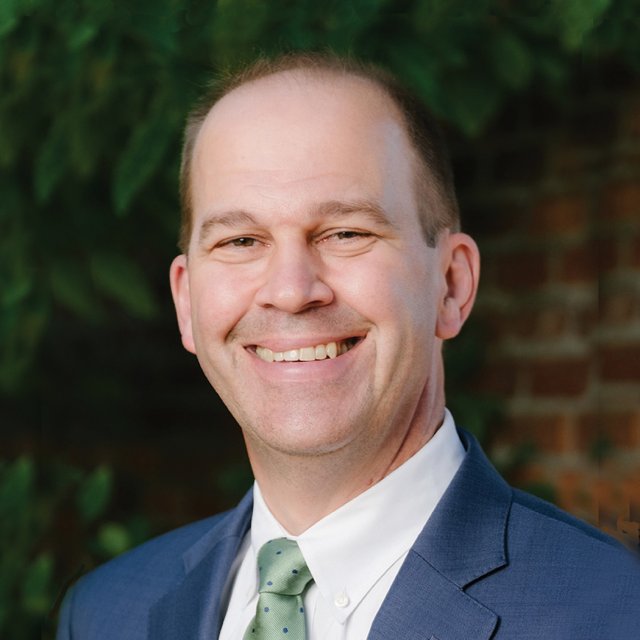Insights
Abstract: City Required Instrumentation and How It Impacts Engineering Practice
At a Glance
In New York City (NYC), USA, revisions to the NYC Building Code in 2014 created significant changes to the amount and type of instrumentation monitoring required during development of almost all construction projects that included excavation. These revisions were prompted by several construction site deaths that occurred during the building boom in the mid-2000s and were developed with peer involvement by the local engineering industry as well as input from significantly increased professional staff hired by the NYC Department of Buildings.
The NYC Building Code instrumentation monitoring requirements encompass the monitoring of vibration and horizontal and vertical displacement, as well as the requirement for pre-construction condition documentation. For the most part, the requirements do not establish a framework for quantities, set threshold limits, or specify monitoring reading frequency; these monitoring program components are developed by the Professional Engineer responsible for the project excavation elements. Where Landmark or Historic structures are directly adjacent or within a 90-foot (27.43-meter) distance from the new construction, additional requirements are enforced. In these cases, a NYC mandate promulgated in 1988 provides specific requirements for pre-construction condition documentation and, among other requirements, the establishment of displacement and vibration limits.
The 2014 NYC Building Code changes very quickly resulted in a surge of new work for the small number of existing specialty instrumentation and geotechnical engineering firms that had historically undertaken instrumentation work, which then spurred the creation of more specialty instrumentation firms.
This paper, to be presented at the 11th International Symposium on Field Monitoring in Geomechanics, will provide further insight and discussion of these mandated instrumentation requirements and will provide in-depth discussion by the authors, practitioners in the NYC engineering and consulting markets, as to how this has changed the instrumentation market and practice.
